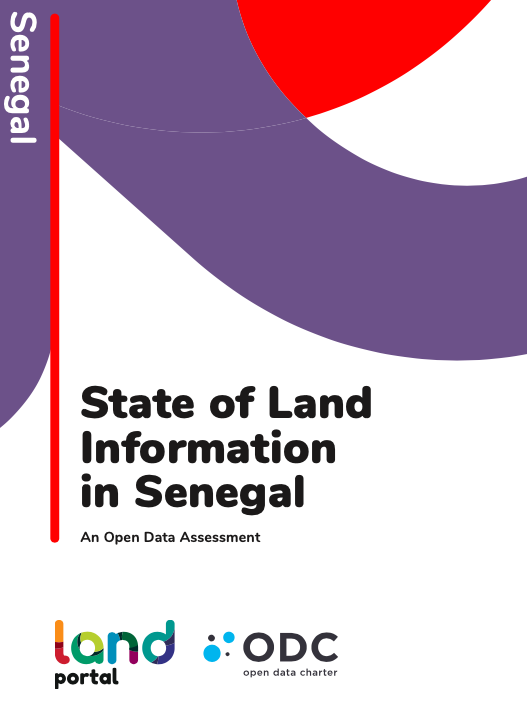Ecuador's Ministry of Environment, Water and Ecological Transition is using the Collect Earth Online tool to improve forest monitoring data accuracy
Ecuador’s Ministry of Environment, Water and Ecological Transition (MAATE) is using a Collect Earth Online through a service co-developed with EcoCiencia and SERVIR-Amazonia (an Alliance – led regional program) to improve forest monitoring data accuracy in the Ecuadorian Amazon and to validate National Monitoring System maps and land cover estimates. MAATE continues to improve the monitoring of forest degradation and to support the provinces and indigenous forest- dependent groups to use the data for decision making.


